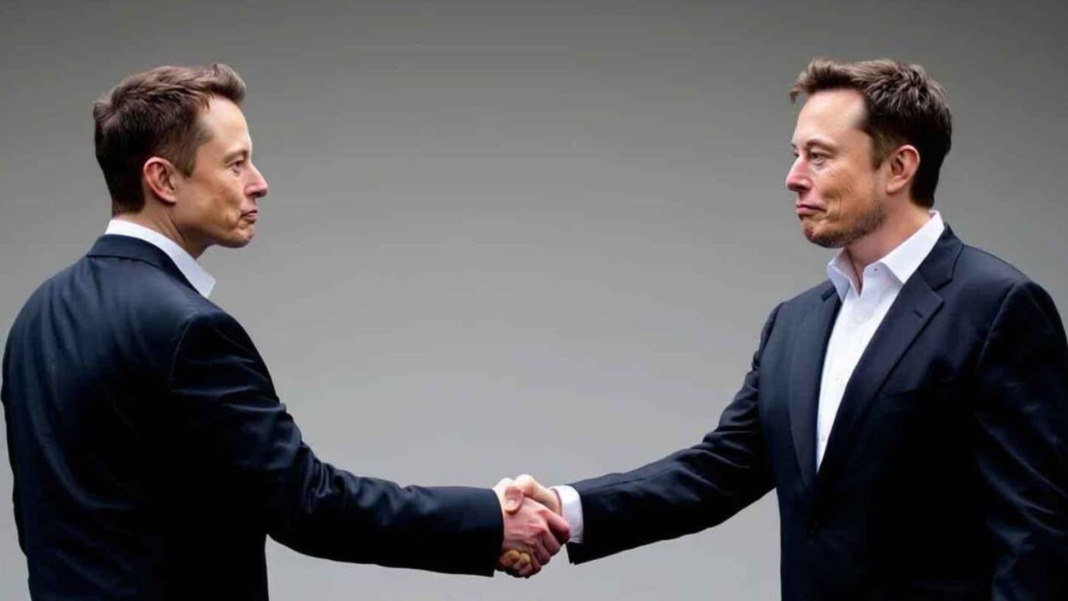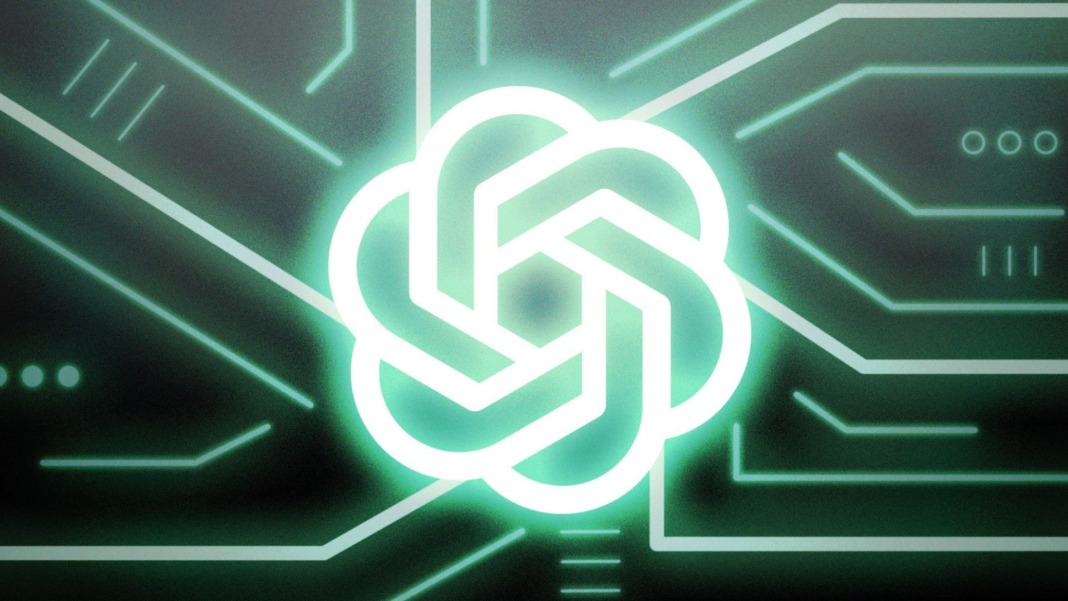When Elon Musk revealed that his artificial intelligence firm, xAI, had merged with X – his social media platform formerly known as Twitter – many raised their eyebrows. But if you’ve been following Musk’s ventures, this move shouldn’t come as a shock. xAI’s chatbot, Grok, was already integrated into X. The platform had been struggling financially, and Musk needed to reframe his US$44 billion acquisition of Twitter as a smarter, long-term strategy tied to his vision for artificial general intelligence (AGI).
This deal isn’t just about AI or social media – it reflects the unique way Musk’s empire operates. You’re not just investing in one company when you back a Musk venture. You’re buying into a belief system that depends heavily on faith in Musk’s long-term vision, regardless of the current numbers.
Musk’s companies already operate as one
According to Yoni Rechtman from Slow Ventures, “All Elon’s companies today are one company.” Employees move across them, share capital ties, and regularly do business with each other. Musk treats them as parts of a single machine. This xAI–X merger makes what was happening behind the scenes official.
Ron Baron, founder of Baron Capital and one of Musk’s most vocal supporters, believes that every project Musk touches boosts his other ventures. He points out that when Musk bought Twitter, it may have seemed random – but now, with Grok’s AI working inside X, the long-term picture is clearer. Baron also believes Musk saw hidden value in the massive data available through X, not just for advertising but for training AI. In the same way, SpaceX’s plans to go to Mars and build global internet infrastructure may seem disconnected, but they feed into each other. Musk’s vision links all these ideas together into one ecosystem.
Baron Capital has invested in multiple Musk-led companies, but it is not alone. Other major investors in Musk’s ventures include 8VC, Andreessen Horowitz, Fidelity Investments, DFJ Growth, Sequoia Capital, Vy Capital, Manhattan Venture Partners, Saudi Arabia’s PIF, and more. These crossovers show how investors are doubling down on Musk’s broader vision, not just one project.
Betting on future value, not present profit
Many people questioned the deal’s financials. How can X be worth US$33 billion after being valued far lower just months ago? How does xAI reach a US$80 billion valuation without much reported revenue? It’s not about current performance. These figures are based on hopes and future expectations – which are especially common when Musk is involved.
Take Tesla, for example. Even though it has margins that align with those of a car company, its stock is treated like a tech firm’s. Investors believe Tesla will one day crack the code for full self-driving cars and even robots. Gene Munster of Deepwater Asset Management explained it best: “People are making a bet on the long term. That’s one of Elon’s superpowers – keeping investors focused on the future.”
Deepwater has invested in X, xAI, and Tesla – precisely the all-in support Musk’s strategy thrives on. By combining the real-time data from X with xAI’s infrastructure and AI models, Musk hopes to create something far greater than either company alone could achieve.
Risks are real, and regulation looms
But with great ambition comes significant risk. Dan Wang, a business professor at Columbia University, warns that this consolidation could be a double-edged sword for investors. At the centre is a lawsuit from the U.S. Securities and Exchange Commission (SEC), which accuses Musk of misleading investors by failing to disclose his early Twitter stock purchases promptly. This delay, the SEC claims, allowed him to buy shares at unfairly low prices.
There are also concerns about user privacy and regulatory breaches. Recently, X quietly opted for all users to allow their data to be used for training AI models. Ireland’s Data Protection Commission is investigating that move as a possible violation of Europe’s GDPR laws.
And there’s still no clear regulatory path for the AI industry. Without established frameworks, Musk’s ventures could face legal and operational roadblocks in the future. All of this makes the merger a high-risk, high-reward play.
If you believe in Musk’s ecosystem, you might see this merger as a masterstroke – a bold step that binds his ventures closer together. But if you’re wary of hype-driven valuations and growing regulatory scrutiny, you might think twice. Either way, the xAI–X deal clearly reflects Musk’s style: dream big, tie everything together, and let the future justify the present.





